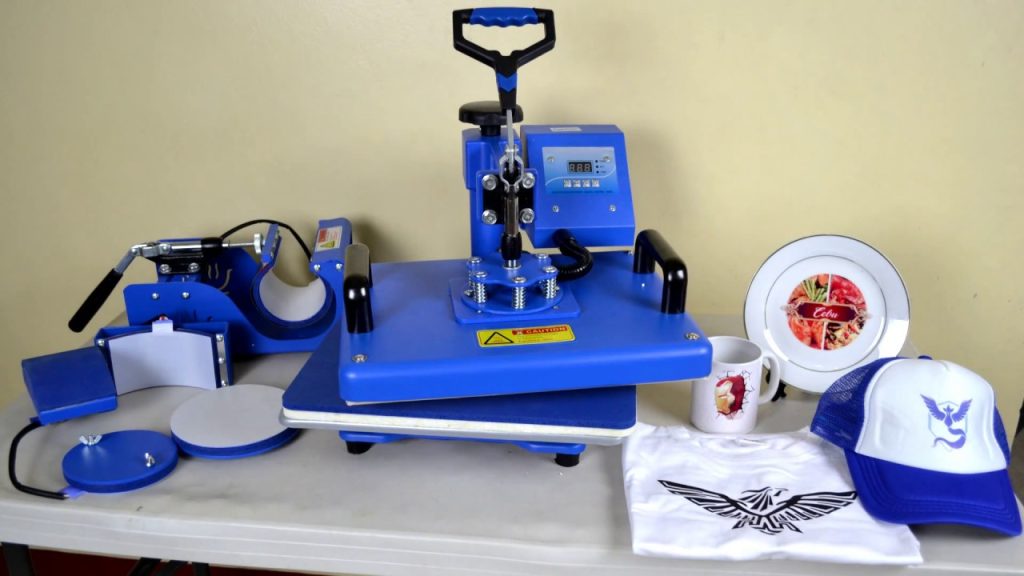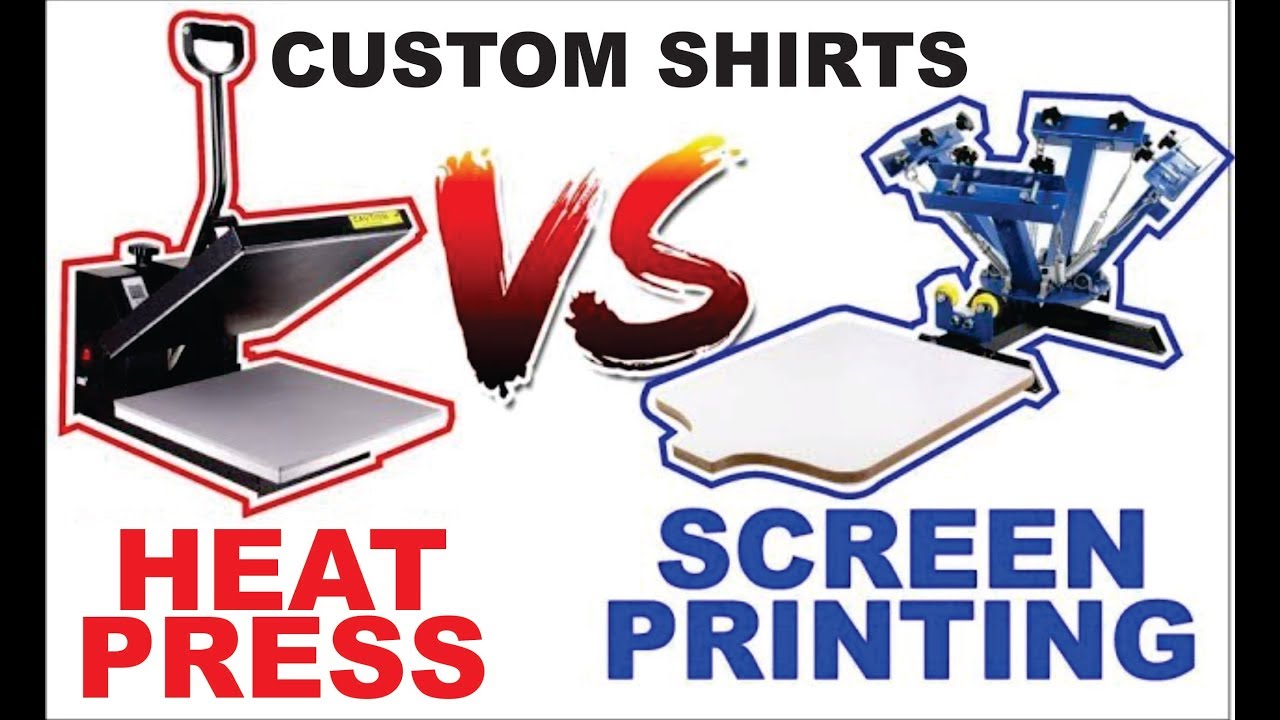Have you entered the heat press vs. screen printing in the search bar to know what the difference is? What are the key factors which make them different from each other knowing that both are used for printing? What heat press machines were introduced when screen-printing was already being used for the same purpose? Why does the heat press get more attention than the later tools?
The list of questions is elongated which is sufficient to jumble you up. On the other hand, it is quite natural to think and research multiple products to avoid making mistakes especially when you are in business. Are you also confused about which heat transfer machine you should choose that will be beneficial for you in the long run? Worry not as www.heatpressreview.net works best as a guide and it also provides the latest & best quality heat press machines.
What is a Heat Press Machine?
As the name suggests, this machine applies ink-based designs printed on a sheet of transfer paper to the desired product. The heat and pressure are applied in the right amount to transfer the print onto the item permanently. The usage of heat press is not only limited to designing t-shirts but it is widely used in printing mugs, mouse pads, and other types of fabric.
Operating a heat press machine would require you to keep your hands at three control buttons which include: time, pressure, and temperature. These are the key factors in printing the design perfectly without damaging the fabric. You can adjust the controls with the help of a screen. Using this machine does not involve rocket sciences as the structure makes it an easy-to-use tool.
In case you are customizing a polyester jersey then the amount of heat applied should be lower than 300 degrees Fahrenheit. On the other hand, when dealing with plastisol transfer for customizing t-shirts, the heat should be at least 350 degrees Fahrenheit. The temperature difference is not large but it matters a lot when printing the decision perfectly.

Transfer Paper for Heat Press Printing
Printers are a must-have in every home, office, and other kinds of small businesses. Then why are you going to buy a new one? Save your finances for the latter and make the best out of the available stuff. Now you can use an inkjet printer to print the designs on transfer ink with any kind or color of ink your desire.
The transfer paper is then placed on the t-shirt facing downwards in a heat press and pressure is applied with the right temperature to let the ink sink in. The sublimation heat press is one of the most popular ones in designing t-shirts and other fabrics.
| ProsEasy to print designs for customization
Print any design using your computer Works perfectly for designing open mesh jerseys Customize cotton, nylon, and polyester shirts Print multiple shirts with a unique design Duplicate the embroidery using transfer paper |
ConsNot suitable for printing hundreds of shirts
Every design needs to be transferred to paper first Poor washability for t-shirts |
Water-Based Screen Printing for T-shirts
Screen printing, commonly known as silk printing, is the process of soft designing any kind of material using ink with screens. It is not only limited to printing fabrics, but it is also used for printing business cards, bottles, pens, flyers, just to name a few. Unlike heat press printing, using screen printing would require more equipment, skills, and efforts.
For the creating a screen, one has to use washout both whereas the screens should be placed in a dark room. Emulsion, ink thinner, removers, and dehazers are used to remove the leftovers of ink on the screen after only one use. As compared to the heat press, the list of gears is extensive films, scrubbers, flash dryers, conveyor belt dryers, light machines, and much more.
In water-bases screen printing, ink is embedded into the fabric making it soft and delicate. Moreover, t-shirts designed with this process do not crack the print as it makes any kind of fabric softener with transparent ink. It is useful in making light-colored fabrics look brighter whereas the obscurity of dark-colored fabrics is maintained with high opacity colors.
Also read: Buying Used Industrial Equipment
| ProsInk is embedded into the shirt
Leaves a soft feel Perfect for vibrant colored fabrics Useful for designing dark color shirts |
ConsFine-details could not be achieved
Matching Pantone is difficult Expensive and laborious Not useful for full-length printing |
Wrapping up the Context
Now you can easily choose which one you should go for. Every tool has its purpose, usefulness, and advantages. Whereas, everyone wants perfection which is not possible with a heat press. The latest automated models of this machine can help you print multiple shirts without arranging a long list of printing tools. Just place the shirt in the flatten bed and let the machine do its job.

